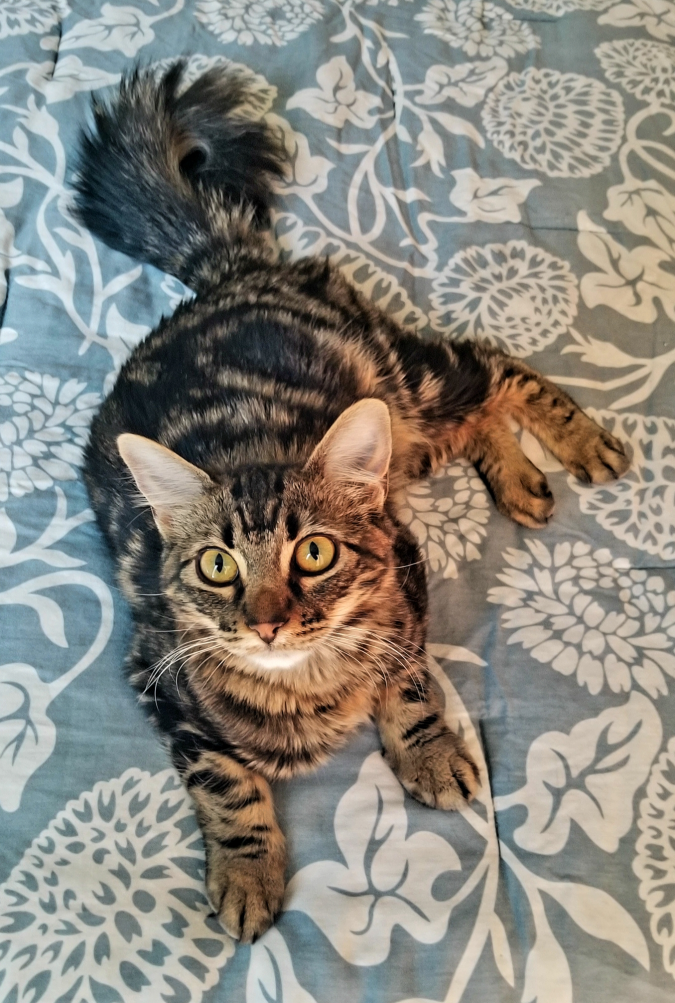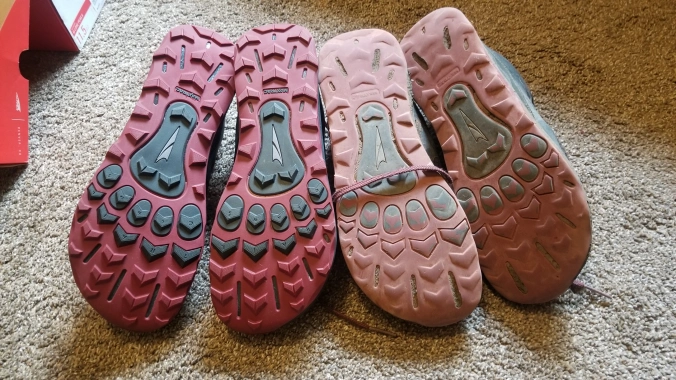1. We’ve been living in Northern Arizona for about three and half years now, the time it does fly, especially when having fun and (mostly) doing what we want to do. With several season cycles behind us, we’re at the point where we have some sense of the changes that different parts of the year bring, some of them common to all places with four mostly-mild seasons, some unique to our particular climate, categorized in the Koppen-Geiger classification system as “Csa: Hot Summer Mediterranean.” Here’s the global map of where such climates exist; you can click to enlarge:
It’s obviously not one of the world’s most widespread climates, though it exists in a lot of super-nice places. And we’re actually quite a weird little micro-example of the form, sitting in that tiny, barely-visible yellow sliver east of Southern California, even unusual in the greater Southwestern deserts and mountain ranges around us, a little sweet spot in an often more-extreme climatic region. Things are particularly glorious outside right now, with wildflowers in full bloom, cacti getting there, the deciduous trees budding and leafing out, and along the various perennial waterways, what looks like magical snow blowing about as the majestic cottonwoods swing into full reproductive fervor.
I’ve been thinking about seasonality of late both as the weather shifts, and as our days here are impacted by another facet of local experience: the ebbs and flows of the people we share our lives with. We’re dogged year-rounders here, with no interest in having (and having to maintain) a second home anywhere else; our vacations suffice for us in terms of time away from our primary home. But this is a community heavily shaped by part-timers, like our next-door neighbors, who are generally here from December to April, then leave their house here empty for the rest of the year, returning to New England for its summer and autumn months. Some of our friends have primary residences elsewhere in colder climes and winter here, while some have primary residences in warmer regions and summer here. Others have their main homes here, but head north in summertime to beat the (not too extreme to us) heat. Who we’re hanging around with at any given time has almost become as predictive of the seasons as what the weather might be doing, and in the ways that spring is nature’s season of rapid change and rebirth, our social dockets are similarly in their period of greatest flux right now with various comings and goings among our social circle.
We miss our friends when they’re away, of course, and then we love it when they return, per their own season cycles. Rinse, repeat, every spring, every autumn. Not a bad way to mark the passing of the months, in the grand scheme of things.
2. Speaking of the glorious outdoors, I’ve been posting photo albums of most of what I’d consider “major” hikes, i.e. new places, extreme places, long routes, or significant summits, over at my Flickr account, each in their own albums. If you’d like a peak at what things are looking like here, click the photo below, taken yesterday from the red rock shoals in Oak Creek, to see the full collection, filled with fabulous vistas, sites, and scenes.
3. Marcia’s political campaign is proceeding apace under its own season cycle, with her candidacy having been certified for this year’s ballots. She is running unopposed in the Democratic primary (July 30), allowing her and her Clean Slate for Democracy colleagues to focus on issues and the general election, rather than having to throw rocks at other Democrats for the next three months. The GOP incumbents do have primary challengers, which means that they will spent most of the summer trying to out-extreme each other to curry favor among the most rabidly partisan voters at the right-ward end of the political spectrum. It will be interesting to see how they fare, especially as Arizona is under the national spotlight as a key battleground on a wide range of cultural and political hot topics. The Clean Slate team held a great “meet the candidates” event in nearby Cottonwood last night; here’s Marcia delivering her remarks:
And here’s the front- and back-sides of the palm cards they’re sharing at events and elsewhere, with their various campaign and social media links, if you’d like to follow along in the months ahead:
Why should you follow along and support Marcia, Jay and Mike if you don’t live here? I’ll once again post my own personal explanation on that front, as follows:
While this is a regional state level election, a key component of Marcia, Mike and Jay’s campaign is expanding outreach and engagement to prospective voters who are disillusioned with the extreme and performative approach to politics that has become so toxic across the State and country, where consciously and willfully obstructing the processes of governance is considered acceptable behavior in service to often hateful and discriminatory goals. By working hard on their own voter engagement, Marcia, Mike and Jay hope and expect to boost up-ticket Democrats in the State’s Federal races, and given that Arizona is one of a small number of true swing states, those races could easily be the deciding linchpins to defining who controls the U.S. Senate, the U.S. House of Representatives, and the White House come January 2025, along with who controls the Federal judiciary in the years that follow. These state level races are important for our home in Arizona, sure, but they’re also integral to the national electoral narrative in 2024 and beyond.
4. Katelin and John have returned home after their three-week adventure in Japan and Taiwan. They spent time in Toyko, Kyoto, Osaka and Taipei; a planned trip to southern Taiwan was tabled following the earthquakes there, though they did experience multiple aftershocks during their time at the northern end of the geologically-active island. We had a nice time taking care of their cats, Lily and Ella, while they were away. It’s good to be reminded of the amusement factor that four-legged housemates provide, since it’s been nearly a decade since we’ve had our own cats about the house. Katelin and John brought one of their cat towers with them, and it was placed in my office, so this was the scene behind me as I clattered away at my keyboard for most of the past month:
5. Finally, I’d mentioned the untimely and unexpected passing of my hiking friend, Bob, in an earlier post. On April 20, a group of neighbors, friends, and family members carried his cremated remains up to a lovely spot above his neighborhood and returned him to the land that was so special for him, and for us. We then returned indoors for a celebration of life, sharing memories, laughs, pictures, and food together, in his honor and memory. He is and will long be missed, for sure, but we’ve collectively marked a spot of remembrance, where I suspect many of us with pause and reflect on occasion, through all the seasons that remain for each of us. Here are a few photos of the procession and ceremony that we shared that day:



























